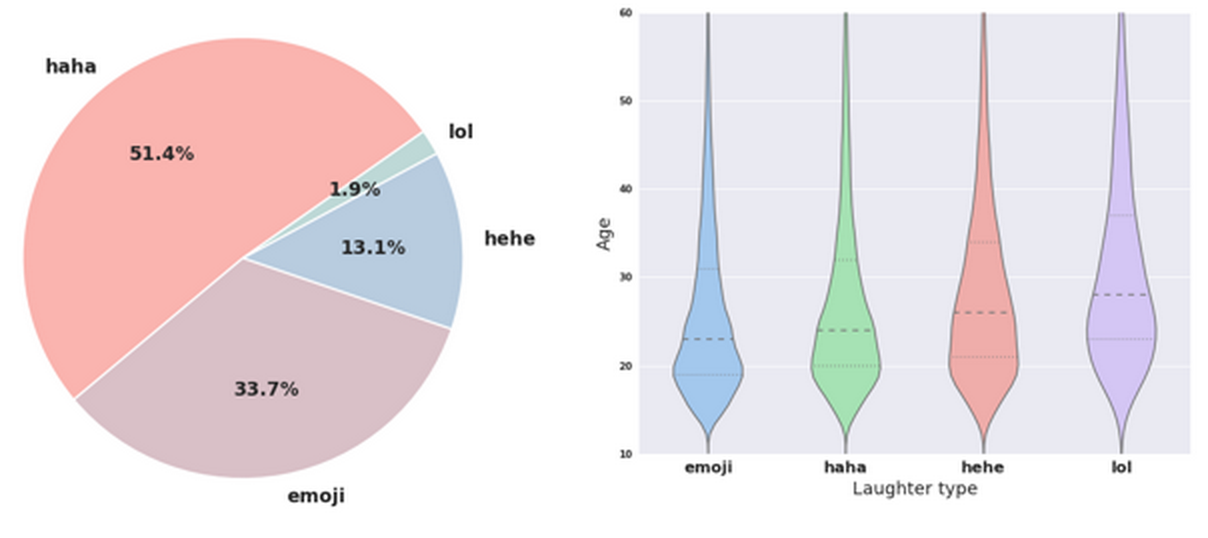The status of “LOL” is not a laughing matter anymore. The status seems to have spiraled downhill for the aging acronym to the point where it is on the verge of obscurity. It might be because everyone has figured out that the other person on the other end isn’t laughing at all, or perhaps it was over used to fill out awkward pauses to the point of being meaningless. The new Facebook report shows only 1.9 percent of the users are LOLing. The majority of the LOL-ers are from the older demographic, which may be the cause of the vernacular shift. Let’s dig deeper into why a word that was once so popular, it became part of the Oxford English Dictionary is now seeing a decrease in usage.
This raises a couple of questions like what is replacing LOL? How do people laugh on the internet now? Also, were there any outside influences that impacted the fall of LOL. There may be a very interesting overlap between an LOL post and the marketing industry.
To answer the first question, LOL is making way for the likes of haha, hehe, and even emojis. Facebook’s report shows over 50% of users prefer haha, followed by hehe with 13%, and a third of users have ditched these words altogether and simply use emojis! The rapid rise and fall of LOL is most likely due to the vast influx of new messenger services. It is a fairly common knowledge that correlation does not equal causation, but if you humour this idea- there is a lot to be said for the marketing influences around these simple words.

(Facebook)
Messaging apps such as Facebook messenger, Viber, WhatsApp, Hangouts, and SMS have very similar designs. Often the emoji icon is situated next to the area where you write your message. With the case of Viber and WhatsApp, they will often market their new trending emojis for their users as a way to encourage them to use more emojis.

Another reason for LOL’s downfall might be due to how it’s perceived. LOL can be used to express so many situations. A simple LOL could mean laughter, apathy, or sarcasm. When a word has too many meanings it loses value.
While the blogosphere is exploding over the death of LOL, Fahrenheit Marketing realizes there is power in learning how people talk with each other. Marketing is understanding the communication expressed by the target market or general public. It is also the responsibility of businesses to understand the trends of consumers. Marketing trends such as trending phrases or words all play a vital role in how we benchmark and create a valid strategy for ourselves and our clients. Get in touch with Fahrenheit if you are interested in knowing more about proven marketing strategies for your business. When things are cooling off there will always be warnings signs, but the best way to measure when things are heating up is with Fahrenheit.